L7 | CHATS
release news
L7 Releases L7|ESP 3.0 with New Features and Updates
by Patrick Rose, Director of Product Management | posted on May 09, 2022
With the release of L7|ESP 3.0, L7|ESP now includes new features and updates in five specific areas: Builders, ELN, LIMS, L7|HUB, and the L7|ESP architecture. Release notes can be found here.
In Builders, L7|ESP 3.0, every instance includes three template entity classes and allows containers and items to be moved through the system and processed in the same way as other entities or samples. Additionally, with the added custom view for entity classes, users can define a custom view and allow users to have access to actionable insights. Also, with 3.0, versioning of these types is now available, so entities can be migrated to reflect a version change, or newly created entities can be migrated back to a previous version. Workflow versioning in 3.0 enables users to see which version of a workflow a test has been run against and offers the ability to PIN a version. With that, the workflow chains in 3.0 have an updated UI and the addition of a swimlane workflow design when creating a workflow chain. This is an easy, visually distinguishable process based on a functional area. The new signature option offers increased integration, including Adobe Sign and DocuSign. This allows the user to send, sign, track, and manage signature processes. Additionally, doclets now have their own application in Builders with interactive documentation explaining how different features within L7|ESP are intended to work, while standard doclets are downloadable from L7|HUB.
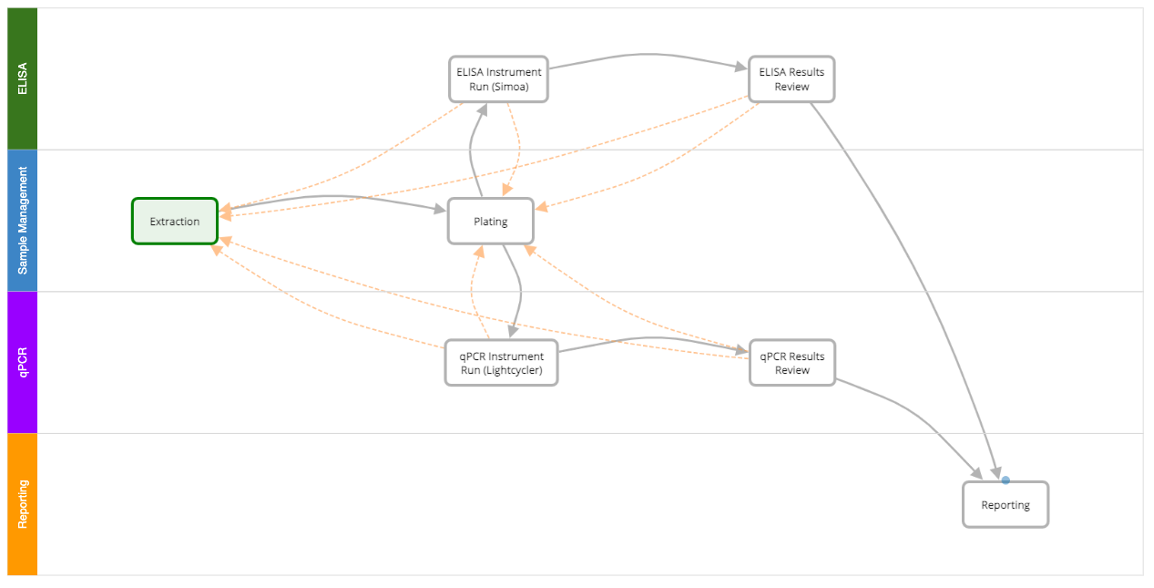
L7|ELN
With ELN, L7|ESP 3.0 offers the ability to digitalize the historically paper-based process. This gives users widget-based page elements and the ability to templatize notebook entries and drag-and-drop functionality.
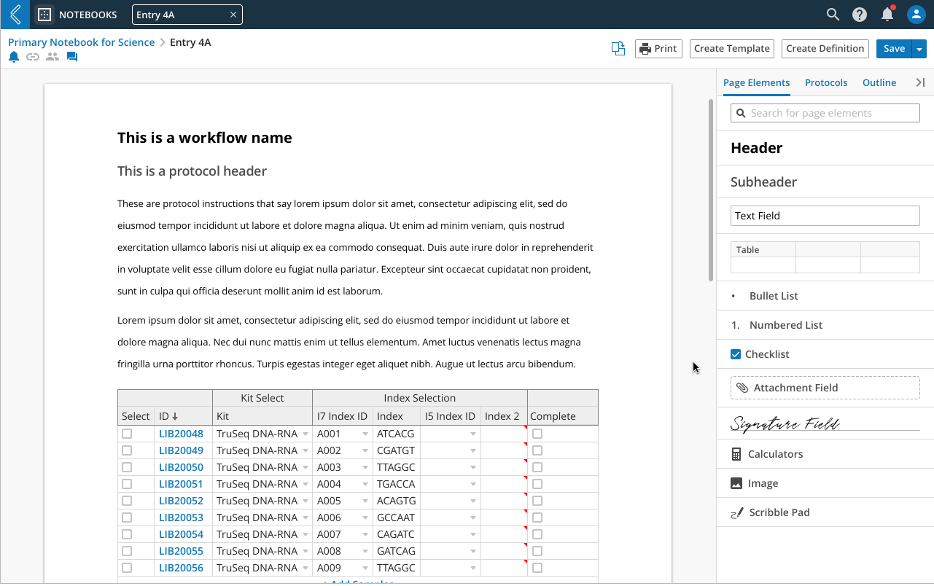
The 3.0 configuration application has improved readability of configurations with easier methods to minimize and view configurations. Additionally, the entities application has added support for bulk edit, showing multiple entity types on the same grid, saving filters to user profile, column management, and intelligent links between resources.
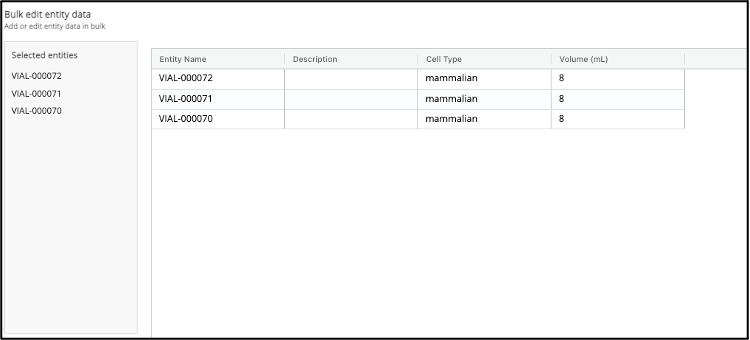
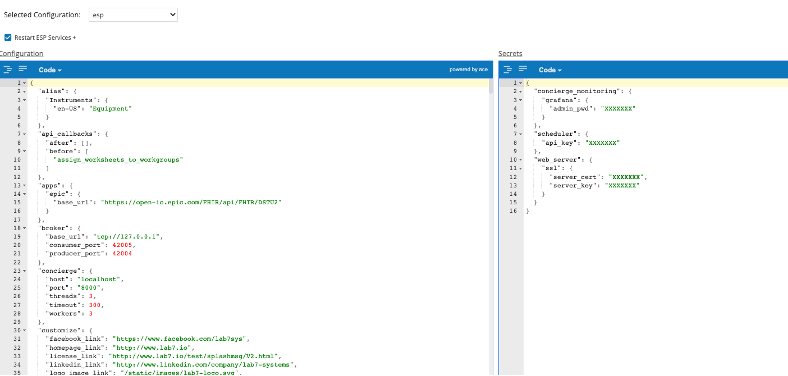
L7|ESP LIMS
3.0 offers numerous enhancements to our LIMS application , including the following:
- The cache is stored locally with every change for any cell in the worksheet, and then it is sent to a server every 3 minutes by default. A cache can also be sent manually.
- Un-Delete
- Ability to edit cells within completed samples in LIMS for users with proper permissions.
- Include comments from the table and transposed views
- Edit (adding/removing) samples from experiments already submitted. Samples in currently running experiments cannot be edited.
- Improved support for concurrent users executing complex automation processes within the LIMS application.
- Updates to allow Containers to go through workflows
- Updates to the Experiment modal to support removing a sample from a completed experiment.
- Users can now complete a row where they have started editing a cell but have not yet exited edit mode.
- The dropdown selection for date format now allows the user to input a custom date format string.
- When choosing a column/custom field type, the dropdown label now displays “Date/Time”
- Added date/time minimum/maximum validation constraints.
- Attachment picker updates
- Support for multiple selections
- Support for drag and drop
- File type validation
- Support to re-upload an attachment or change the attachment’s name.
- Send samples to next workflow button added to the last protocol of the workflow automatically
- Date column updates:
- The ability to enter a custom date format string.
- The setting of date and time is now an option for users.
- Validation constraints on date/time entry (max and min values)
Protocol Actions
Protocol actions allow protocol authors to add behaviors to protocols that are executed when the protocol is saved or at certain other key points in the life cycle of a worksheet.
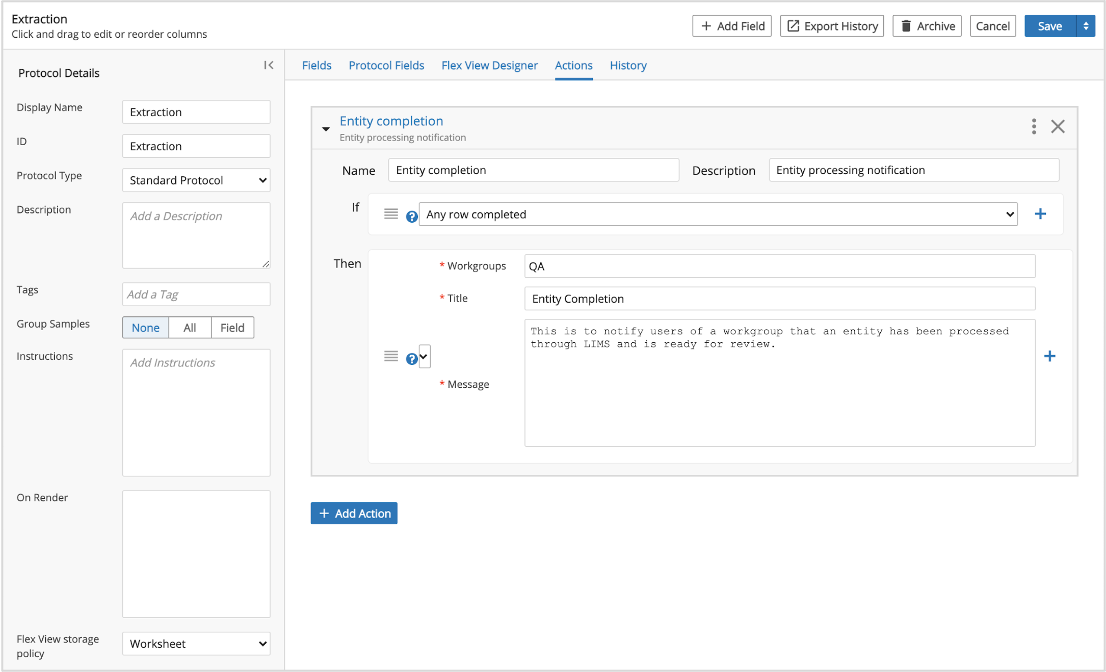
L7|ESP 3.0 now offers access to the L7|HUB. L7|HUB is a collaboration tool and is a repository of robust and standard content. As a collaborative tool, collections enable content developers to easily create iterative bundles and build solutions over time. Also, users can share content in real-time and minimize system downtime. As a repository, users can use L7|HUB to search for and select content that could be useful to their operations.
Lastly, with regards to architecture and deployment updates, L7|ESP’s standard deployment is now managed via docker-based containerization. And the L7|ESP server has changed from python 3.5 to python 3.9. Customers with significant server-side extensions should evaluate those extensions for python 3.9 compatibility, but no major upgrade problems are anticipated. And with 3.0, multi-tenancy offers the ability to share resources while separating data and configurations.
